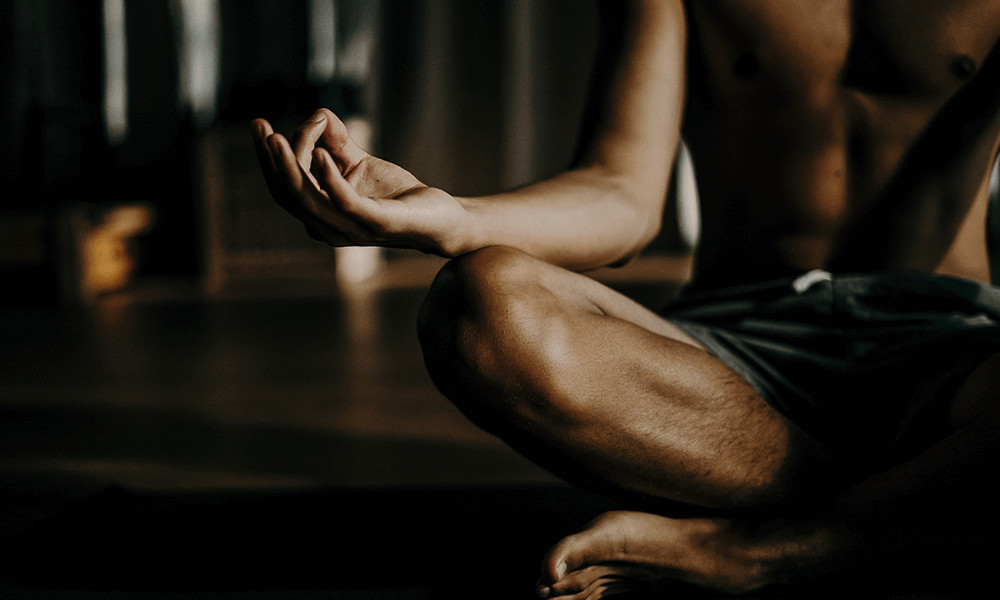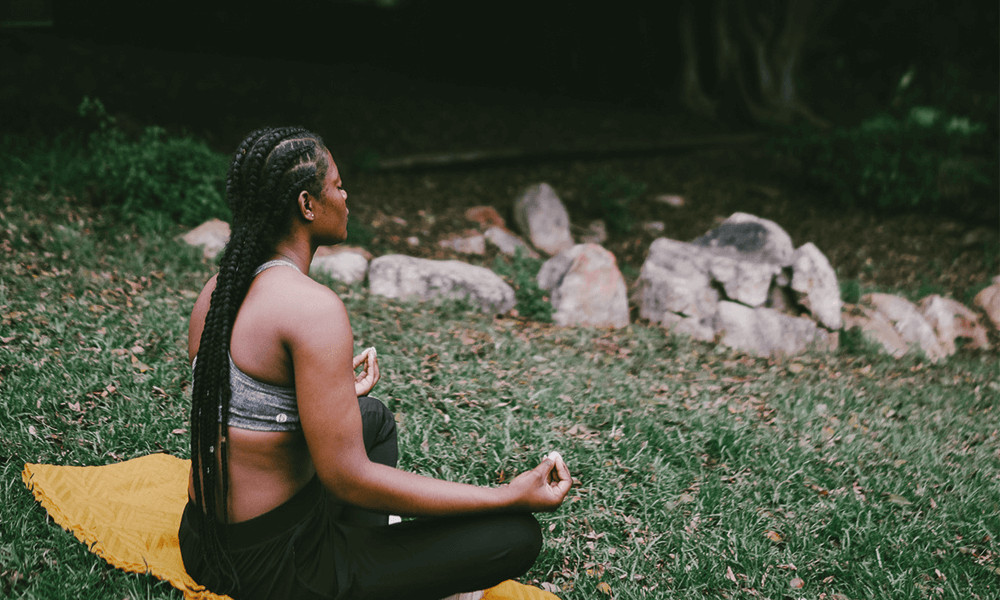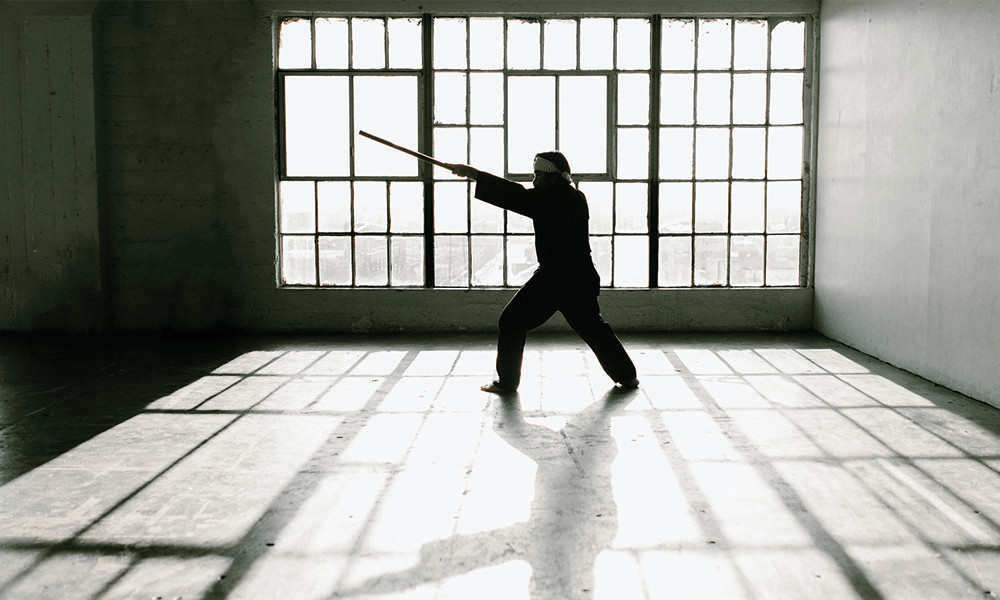Centering Meditation

Sitting down today to begin writing this article, I needed to focus more on my task. So much mental energy made it hard for me to focus. So I reflected on what I’d learned in Centering Meditation training. I noticed this discursive thought not as something terrible – but to practice seeing the activity of the mind.
Create a peaceful mind with centering meditation training
Mindfulness meditation is a great way to relieve stress and help loosen tight muscles. It is also a great way to relieve stress and help relax tense muscles. Meditation training is something anyone can practice, and the main focus is not a goal. It is a spiritual practice that provides a way to rest in the present moment and open neural pathways.
What’s Meditation?
Practiced in various religious traditions, meditation is based on the use of a technique by an individual who desires a more calm, stable sense of awareness.
Benefits of Meditation
- Confidence in handling stress
- Gain the ability to understand your emotional triggers
- Improve concentration
- Expanding the mind
One point of meditation is connecting better to the people around you. Our connection to the body can become strained when we are lost in our busy minds. It can lead us to unhelpful armor around our hearts, and difficulties in our relationships.
Also Read>>> Ziva Meditation By Emily Fletcher
Sit Down, Now
Meditation is an indispensable practice to develop. Daily, we must deal with obligations, surprises, and moments of happiness and stress.
Centering Meditation and other mindfulness meditation techniques can assist you in achieving inner balance. You can build inner strength by learning to center yourself in order to reduce stress and calms the nervous system.
The breath and the present moment are essential parts of teaching centering meditation.
All that one needs in their spiritual practice is a significant focus.
Many people discover that their spiritual path focusing on developing skills that help them calm their minds during stressful daily situations. Spiritual practice is intrinsic to mental and physical health. Without a balance, people tend to spend most of their time in their own heads.
The present moment is a gift
Before meditating, we should also take time to be thankful for the challenges of spiritual practice. Without anxiety, stress, and tension, we would not need meditation. Without suffering, we would not have a vital enough desire to know real peace.
Notice the open-hearted state of clarity that naturally arises through the practice of gratitude. Accepting and embracing all of our human experiences; that is how we become part of a global community that wants to heal and become more aware.

Also read >>> zafu meditation cushion – choosing the right one
Benefit yourself, benefit others
This practice makes the mind more focused and rooted in a quiet, centered place of awareness. We have set our intention to be grateful. Now all we need is the present moment and the simple act of breathing.
The benefit of Centering Meditation is that it will increase your ability to recognize what your ‘center’ actually is. Once identified, we can never forget this essential aspect of our true nature.
Positively grow through centering meditation training
Imagine a person in the world that lacks well-being. They are experiencing anxiety. Anxiety then funnels into a state of depression due to a lack of awareness of how to regulate their nervous system again after experiencing a psychological trigger.
Instead of meditation and centering, they depend on potentially harmful habits to cope or distract their minds.
Taking control
Through meditation and yoga, we can alleviate the typical downward spiral in the proverbial “boxing match” that happens in the mind.
The main benefit of Centering Meditation is that we not only learn to recognize where our center ‘is’, but through a calmer mind, we have more capacity to develop wisdom through our experiences.
Health professionals say that we feel more in control and get surprisingly accurate insights into our own minds.
How to practice centering meditation techniques
What’s better than a work on it, on the train, or at home before the day begins? You can do this Centering Meditations in 3 minutes.
- Sit comfortably on a cushion or chair. You can fold your legs or leave them in front of you.
- It is not necessary to close your eyes. You can relax your focus and eyes during this practice.
- Begin with your toes, going up to your seat. As your attention drifts up to the top of your head, notice and then release any muscle tension in your body.
- While you continue to notice and release any tension, keep your breathing pattern calm. Focus on your breath if your attention begins to drift away.
- Completing this, recognize that we are always free to calm and center ourselves. Even if our lives get hectic, unpredictable, or challenging, we still have the power
- Count from 10 to 1, coming back to ordinary consciousness.
From mind to body, body to mind
The point of this practice is to show that, as a species, we have finally become very logical and good at math. Still, we have become more disconnected from the factors that can lead to overstimulated emotional states.
If you’re struggling with anxiety or worry, never fear. All people, no matter their background, can benefit from meditation practice and mindfulness training.
This is a practice that anyone with a body and a mind can do; everyone with a body and a mind should do.
Without someone to train and center the mind on the present moment, we can lose concentration and create more stress. Our mind is not terrible; it is immensely powerful and helpful. But after all, it is still the “monkey mind.”
Tuning into the body
Our body and mind are connected. Many of our minds keep our bodies alive, and our bodies are there to keep our senses alive.
If we are stuck only in the surface level of thought – which mainly revolves around the past and future – we will be less in touch with how our mental states may cause our body to get stuck and remain in frozen states of muscle tension.
To accompany your practice of meditation techniques, I also suggest taking a moment out of your day to stretch.
A “tight” mind can cause muscle tension, and stress will increase your chances of feeling disconnected and elsewhere during daily life. Centering and meditation are about calming our minds and tuning into the body.
Tuning into the body creates a sense of the ground beneath our feet. We gain confidence in our ability to temporarily control and direct the energies of mind and body so that we can live with intention and awareness. This happens without any work on our part.

Meditation & society
Carrying it forward, there are legitimate examples that reveal the versatility of having a mindfulness practice in your daily life.
College students and performance artists are two groups of people with high-stress lifestyles who benefit greatly from meditation.
A centering prayer is a form of Christian mysticism that has been around since the third century.
Performance artists & centering meditation
Meditation can lead a person out of the typical left-brained functionality of the mind and into the creative, poetic realm of the right brain.
This is a great thing to do if you’re an artist or performer who gets stuck in your work. Meditation practice also contributes to a better sense of calm and focus when carrying through with a creative discipline.
The wonder of centering meditation is that it is a process that can take anywhere from a few seconds to five minutes (or longer) and can be practiced virtually anywhere, whether walking, standing, in a car, or sitting down.
A series of studies given to performers in the 1990s revealed directly that Centering was highly beneficial to musicians who had stage fright before giving their performance.
When college students in an orchestra were taught the Centering meditation practice, they got good grades because they stuck to the routine.
How centering meditation impacts the brain
Practicing meditation will impact the functionality of the brain in positive ways. The left brain is what we commonly utilize in our daily affairs.
The left brain thinks in words, essentially, and it can lead to scattered and disorganized thought processes that seem out of our control and debilitating.
When all we want is to focus, perform better, and remain calm, that can cause us to get into a reactive fight against our thoughts. This quick-thinking faculty is related to Beta brainwaves and the left brain.
The higher intensity of Beta waves, the more potential for a snowball effect where the focus will slip into anxiety.
The right brain is better at creative tasks and talks through pictures, sounds, or feelings; it does not operate within words, discriminate thoughts, or intend to scan the environment for potential threats.
Whereas the Beta waves originate with hyperactivity of the left side of the brain, the right brain can concentrate and process slower patterns of mental activity.
Two paths that lead to one…
Meditation practice and mindfulness—inherently two different paths – will assist a person in learning about more profound layers of what makes up their consciousness and mind.
If you want to become more self-aware, you can create a daily practice that will help you develop your intuition, spiritual perception, and ability to see the “bigger picture” of life.
‘The intuitive mind is a sacred gift and the rational mind is a faithful servant. We have created a society that honors the servant and has forgotten the gift.’ Albert Einstein

Centering prayer
The origins of Centering MeditRION are rooted in 3rd-century Christian mysticism. An obscure lineage of Christian-minded spiritual disciples was said to practice an intuitive form of devotion in their daily lives.
One of the aspects of their practice was Centering prayer.
Modern Christian mysticism and the household name Thomas Merton are the foundation for centering prayer, which works through a concentration on “interior silence.”
The reflective language that is almost poetic shows how mysterious it is that God is everywhere and inside of us.
Mystical roots of christian monasticism
Before the Catholic monastic tradition became only about academics, spiritual seekers were dedicated to a contemplative practice called the Desert Fathers. Meditation could give a modern religious practitioner an idea about these mysterious Christian roots from the Middle Ages.
The practice of Christian Meditation – centering prayer
The practice of Centering Prayer is a four-step intuitive process that can be followed by :
- Quiet your mind and sit comfortably, relaxing yourself as well as possible. Be in Love and Faith in God.
- Select a theme that relates to your personal desire to connect with the ever-present glory of God and his Love.
- Let that theme or word be your revolving center of focus as you seek to open yourself to the influence of his Divine action and presence.
- Notice anytime your thoughts drift away from the practice. Recognize it, then return back to the concept, word, or theme related to your devotion to being in the presence of God.
Stressed-out students & Meditation
A recent study on stressed-out college students found that 64% could deal with their stress. Students with stress-related problems could get a lot better if they meditated for 10 minutes in the morning and at night for four weeks.
What makes this study relevant to anyone is how unhealthy coping mechanisms can increase stress levels.
Many people will cope with anxiety and stress with unhealthy Band-Aids, like substance abuse, which is common among college students, and a well-known fact in our culture.

Also Read>>> Meditation for Manifestation
There are apparent reasons why taking things into our own hands is more useful in the end than relying on professionals to counsel us or give us simple solutions like medication.
Finding out that we are already empowered to practice meditation techniques to handle stress is reflected in the fact that many students have begun to embrace online therapeutic services instead of relying on institutions for their services.
Even though online therapeutic services may not be directly related to meditation, a large part of a patient’s time with a counselor will be spent learning techniques and skills to help them deal with their mental health problems healthily.
People with mental health problems like stress, anxiety, and depression need to be encouraged and given the tools they need to deal with their problems and take responsibility for themselves.
This reiterates that mindfulness, meditation, and centering are imminent tools for any person in any situation, whether a person is desiring personal experiences of serenity and transcendence or is a student facing stress related to upcoming finals.
We can find freedom from the “monkey mind,” and all it takes is the heart to practice and the heart to try.
Millennial spirituality
Nine out of ten students have said in recent years that they are willing to look for a spiritual path. This genuine interest and desire for youth spirituality have been called “millennial spirituality.”
While it is more believable to learn that college students have had a more challenging time adhering to the discipline of mindfulness or meditation practice, the uprising of millennial students having an open interest in spiritual practice could change the course for generations to come.
It provides students with the potential to relieve themselves of the stresses that come with college life and a healthier set of coping mechanisms for dealing with anxiety.
This research and application of a non-sectarian and wellness-oriented practice of mindfulness and meditation could also make the general public more welcoming to the idea of a practice like centering meditation.
Centering meditation & Aikido
Some speculate that Centering Meditation came from Japanese martial arts.
The art of “spiritual harmony” Aikido has the practice of Centering Meditation within its system.
The result of centering is keeping your mind calm even when things are out of control or very upsetting. This is a skill that would be very useful in self-defense.
“Finding your center” must be some notion of recognizing that, while the surface level of the mind is disturbed or in an increased rate of thoughts concerning some stimulating experience occurring for an individual, the body and mind are both completely unscathed regardless.
This leads to a certain kind of vitality unmatched by another person who may be easily derailed in their daily lives by the unexpected or inconvenience.
Being centered in your “tandem,” as it’s called in Aikido, will give way to a certain amount of mental flexibility and the ability to stay with the present moment even though, at times, life can be frustrating, irritating, or cause for worry.

Bringing it all together with Centering Meditation
Imagine that you’ve just walked away from the market with a paper bag filled with fruit and vegetables. You’re walking for some time when finally you reach the door.
You juggle your keys while holding the bag of goodies, finally getting in the door. You see the kitchen table as an excellent place to rest the load when the bag tips over, spilling fresh fruits everywhere.
Scattered food goes everywhere, with concern for money wasted on freshly bruised tomatoes and apples.
But just like you have learned to center yourself, you know how to calmly and attentively catch the dispersing foods and bring them back to their proper place.
This is an example of the usefulness of spiritual practice and calming techniques like Centering Meditation.
Our mind can be like a bag with different qualities of varying importance, but when we are in a hurry or trying to handle many things simultaneously, we can make mistakes and lose focus.
When we’re scattered, we can slip and cause errors, affecting damage control.
Centering, being mindful, meditating, and other essential ideas in many different cultures and religions show us tools and insights we can use in our daily lives to be more flexible and carefree.
Conclusion
After reading this article, I hope you feel inspired to practice Centering Meditation. You may have already been intuitively practicing it but didn’t realize it.
Take some time to apply what you’ve learned to your daily life, and then let us know what this practice has helped you achieve.




